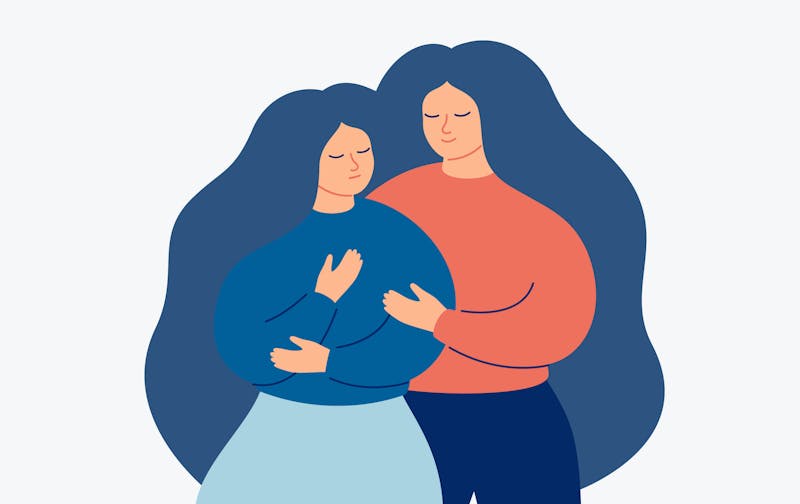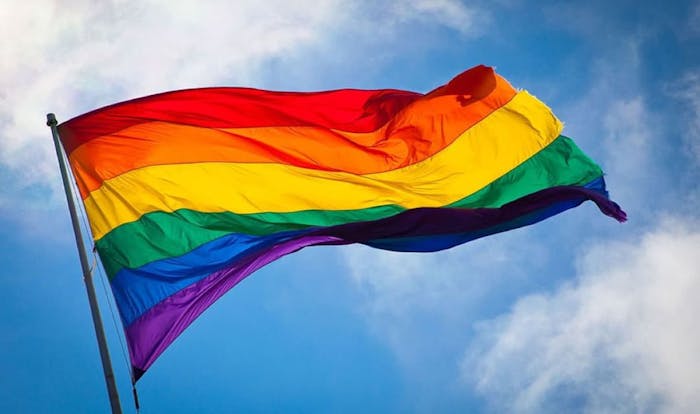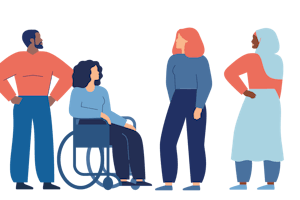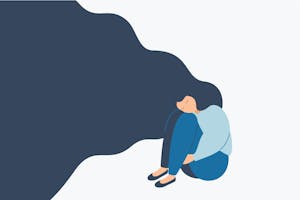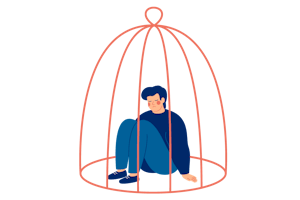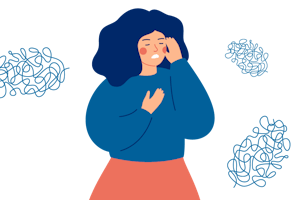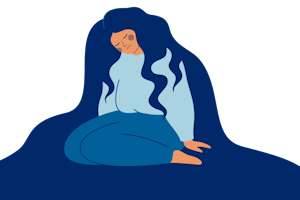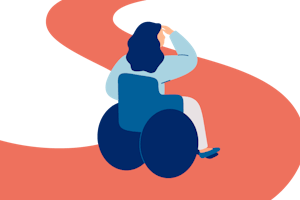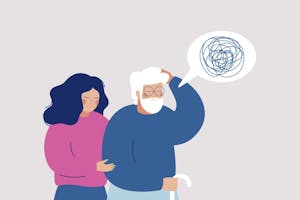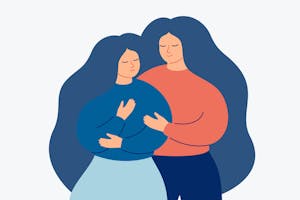A marginalized group
Queer people are a minority group in Iceland. Minorities are often pushed to the margins of society. The term for that is marginalization. People in marginalized groups must often overcome obstacles that others do not.
The obstacles can be obvious or hidden. They can hinder queer people in getting help, education, power, information, and respect.
Violence against queer people is often related to the group's marginalization.
Everyone in Iceland can and should seek help if they are victims of violence or abuse.
No one deserves to be a victim of violence or abuse.
